Most Popular
Subway Stories
[Subway Stories] Pangyo, a magnet for innovative talent, startups and tech moguls
A trendy gateway to ‘Korea’s Silicon Valley,’ the area surrounding Pangyo Station bustles with IT professionals on weekdays, shoppers and diners on weekends
By Kim So-hyunPublished : Jan. 14, 2023 - 16:40

The following is part of Seoul Subway Stories, a Korea Herald series exploring the subway stations and surrounding areas in and around the city. -- Ed.
Surrounded by glossy office buildings, a department store and apartment complexes, the Pangyo Station area looks like a more spacious and suburban version of the area around Seoul’s Samseong Station.
Built on what used to be forests and farms growing flowers and vegetables that had been a greenbelt zone until the early 2000s, the residential and commercial new town of Pangyo is now home to nearly 100,000 people and over 1,600 companies of all sizes.
As its first residents started moving into newly erected apartments in east Pangyo in 2009, the neighborhood around Pangyo Station has little to do with heritage or history. Instead, it serves as a trendy gateway to the Pangyo Techno Valley, a burgeoning cluster of software, gaming, entertainment and biotechnology businesses.
Opened in 2011, the station on the pink Shinbundang Line will be the only subway station in Pangyo, which belongs to Bundang-gu in Seongnam, Gyeonggi Province, until at least 2026.

Hyundai Department Store, which is connected to the underground station, is a magnet that draws shoppers, diners and commuters on weekdays. It attracts families and couples from the entire Bundang region on weekends.
Streets around the department store are jammed with cars queuing to get into its parking lot on weekends and public holidays. The congestion gets worse especially after the department store lights up its Christmas tree and other decorations in late November.

What makes Pangyo a shining example of new towns, however, is the Pangyo Techno Valley, Korea’s answer to Silicon Valley.
Situated about 500 meters north of the subway station, the enclave is where the nation’s top IT developers and startups gather.
Casually dressed engineers, developers and other employees get around on electric scooters, e-bikes or other personal mobility vehicles in the warmer months, and shared e-scooters are a common sight in Bundang and Pangyo.
Among those headquartered at the Pangyo Techno Valley are software giants AhnLab, Hancom and Posco ICT; game companies NCSoft, Nexon and Neowiz; and Kakao Entertainment.



The combined annual revenue of the 1,642 companies in the enclave amounted to 120.8 trillion won ($95 billion) in 2021, which is about a fifth of the South Korean government’s budget for this year and four times the budget of Gyeonggi Province.
Sixty-seven percent of the firms are in the IT business, followed by 14 percent in biotech, 10 percent in cultural tech, and 1.1 percent in nanotechnology, according to the Gyeonggi provincial government.
More than 73,000 workers, about 68 percent of whom are in their 30s and 40s, work there on a regular basis, and 36 percent of them are in research and development.

Nearby, additional sites for a "second and third Pangyo Techno Valley" are under development to house about 100 semiconductor companies.
A total of 41 chip designers, developers and manufacturers and their suppliers are willing to be located in the envisioned industrial complex in Geumto-dong, Seongnam, according to the survey from Korea Semiconductor Industry Association. Of these companies, 25 are fabless semiconductor firms and one is a mid-sized foundry.
While the Pangyo Techno Valley is expanding, some of Korea’s industrial giants are also moving into the vicinity, hoping to gain a geographical advantage in recruiting young talent and to work more closely with diverse IT companies.
Hyundai Steel last week began business in its new office at the Krafton Tower near Pangyo Station.
The steelmaker moved its Seoul operations that had been scattered across different offices into the new Pangyo office, becoming the first large steelmaker to move into Pangyo.
Hyundai Heavy Industries Group, which recently renamed itself HD Hyundai, is also moving its affiliates into a new Global Research and Development Center in Jeongja-dong, Bundang-gu, just two kilometers from Pangyo Station.
Doosan Group affiliates such as Doosan Enerbility, Doosan Corp. and Doosan Bobcat moved into its new headquarters in Jeongja-dong in 2020.
As these companies are just a few minutes’ ride from the Pangyo Interchange on the Gyeongbu Expressway, the location offers easy access to both Seoul and their plants in other parts of the country.





![[Herald Interview] How Gopizza got big in India](http://res.heraldm.com/phpwas/restmb_idxmake.php?idx=644&simg=/content/image/2024/11/20/20241120050057_0.jpg&u=20241120164556)


![[KH Explains] Dissecting Hyundai Motor's lobbying in US](http://res.heraldm.com/phpwas/restmb_idxmake.php?idx=644&simg=/content/image/2024/11/20/20241120050034_0.jpg&u=)
![[Kim Seong-kon] Farewell to the vanishing John Wayne era](http://res.heraldm.com/phpwas/restmb_idxmake.php?idx=644&simg=/content/image/2024/11/19/20241119050096_0.jpg&u=)
![[Graphic News] 70% of S. Koreans believe couples can live together without tying the knot: survey](http://res.heraldm.com/phpwas/restmb_idxmake.php?idx=644&simg=/content/image/2024/11/19/20241119050098_0.gif&u=)
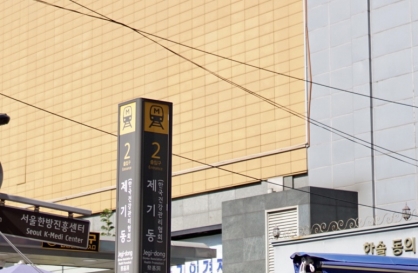
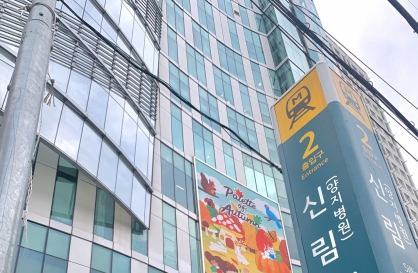
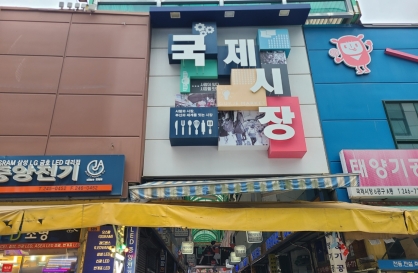
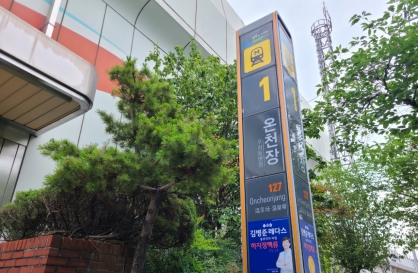
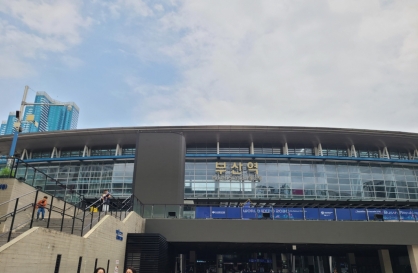







![[Today’s K-pop] Blackpink’s Jennie, Lisa invited to Coachella as solo acts](http://res.heraldm.com/phpwas/restmb_idxmake.php?idx=642&simg=/content/image/2024/11/21/20241121050099_0.jpg&u=20241121172748)